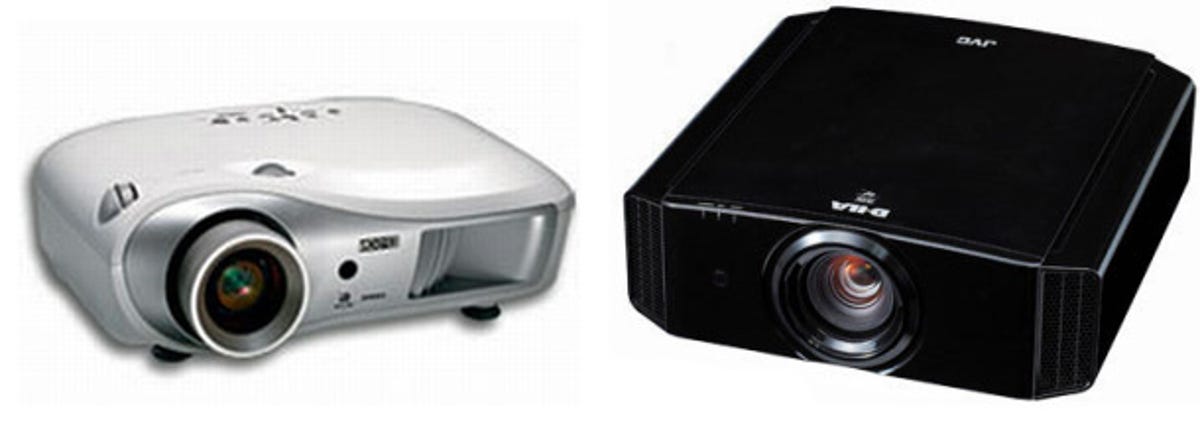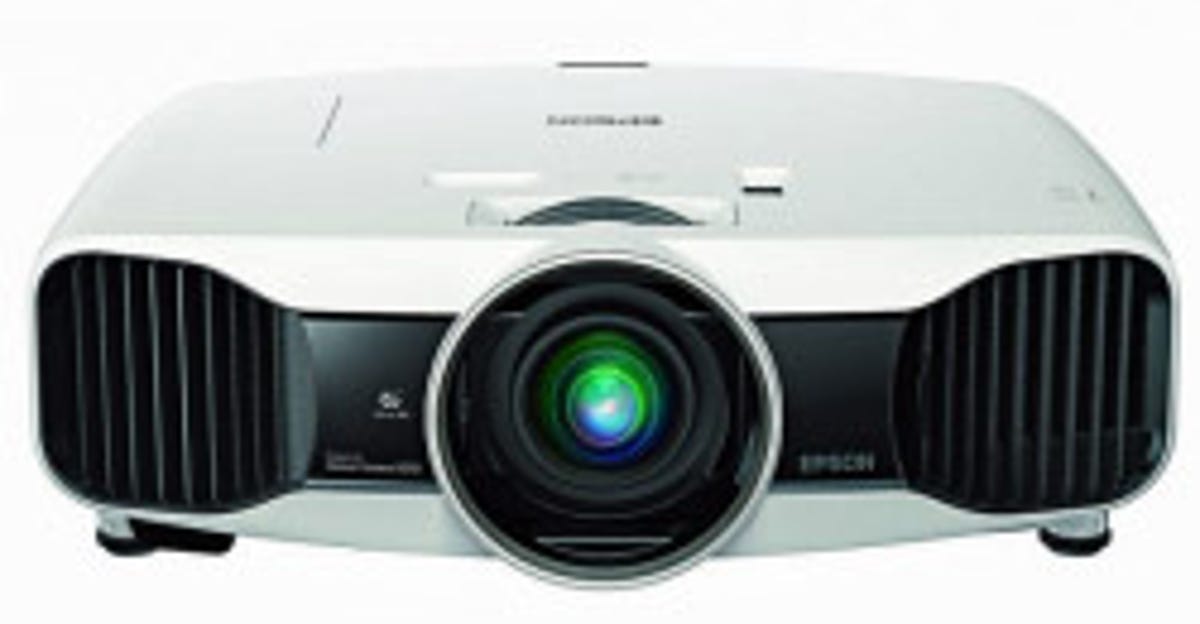
The other day I wrote an article titled “When should I upgrade my HDTV?” The general thought was that TV performance, while not exactly hitting a plateau, had slowed enough that TVs even a few years old perform pretty close to the new models.
In the world of front projection, though, it’s an entirely different story. The level of performance you can get for very little money is incredible. What were once considered “budget level” projectors now easily outperform $10,000+ models from just a few years ago.
Time to upgrade? Perhaps.
Unsure why you should get a projector over a flat-panel TV? Check out: “TV vs. projection: Your TV is too tiny.”
Picture qualityUnlike TVs, which have only improved slightly in the past few years, projectors have gotten significantly better. As much as I hate to admit it, this is largely because of 3D.
Because active 3D shutter glasses reduce the amount of light reaching your eye, projectors have needed to become brighter to still create a watchable image. Where 15 to 20 foot-lambert was common, now 25, 30, even 40 foot-lambert are common…at a variety of price points. It used to be you had to spend $20,000 or more to get massive light output. Now, you can do that for under $3,000. That’s an incredible shift in technology.
Even better, the native contrast ratios possible with the latest projectors are significantly higher than with LCD or plasma flat-panel TVs. I measured over 28,000:1 with a recent LCOS projector, one of the highest I’ve ever measured. The price? $3,500. The contrast ratio of the last LED LCD I measured? 4,600:1. Yes, the projector looked nearly six times better, and only cost $1,000 more. If those numbers look low, keep in mind these are measured contrast ratios, not the lies marketing departments come up with. Check out my “Contrast ratio (or how every TV manufacturer lies to you)” post for more info.
Even LCD projectors, long the stalwarts of the budget arena, have seen great improvements over the past few years. Much higher contrast ratios, better black levels, all mixed with incredible brightness.
The best part is, I can quantify all this with actual data. Here’s a few examples of projectors from a few years ago, their prices, and their current equivalents. These are all projectors I measured, with the same equipment, on either the same screen, or very similar screens (i.e. roughly 100-inch 1.0-gain). Not coincidentally, these are also three of my favorite projectors currently on the market.
JVC (Tech: D-ILA/LCOS)
DLA-HD1 ($6,300 in 2007)
Native contrast ratio: 15,650:1
Max light output: 15.56 foot-lambert
Review
DLA-X30 ($3,500, current)
Native contrast ratio: 28,544:1
Max light output: 25.69 foot-lambert
Review
The new JVC has nearly double the contrast ratio (one of the best of any display I’ve ever measured), at a little more than half the price. The 25 foot-lambert is brighter than average, too.
Epson (Tech: LCD)
PowerLite Home Cinema 1080 ($3,000 in 2007)
Native contrast ratio: 6,852:1


Epson
Max light output: 8.993 foot-lambert
Review
PowerLite Home Cinema 5010 ($3,000, current)
Native contrast ratio: 7,115:1
Max light output: 48.06 foot-lambert
Review
Here you can see that even in the same price range, the new Epson is dramatically better in terms of light output. In fact, it is brighter than the $22,000 Runco LS-1 I reviewed last year. In a $3,000 projector, 48 foot-lambert is incredible. It’s like a Kia Rio that’s faster 0-60 than a Ferrari.
Sony (Tech: SXRD/LCOS)
VPL-VW60 ($5,000, in 2007)
Native contrast ratio: 3,300:1
Max light output: 16.72 foot-lambert
<!–Review–>
VPL-HW30ES ($3,700, current)
Native contrast ratio: 7,679:1
Max light output: 29.18 foot-lambert
Review
Here you can see the newer Sony is cheaper, brighter, and has more than double the contrast ratio.
Related stories
- LED LCD vs. plasma vs. LCD
- When is the best time to buy an HDTV?
- Why all HDMI cables are the same
- Why all HDMI cables are the same, Part 2
- Is plasma HDTV burn-in a problem?
- Is LCD and LED LCD HDTV uniformity a problem?
While DLP projectors owned the market in the mid-2000s, they have not kept up in terms of contrast ratio or black level. If you have an old DLP projector, modern LCOS projectors will blow them away in these two aspects. Even the better LCD projectors often outperform DLP projectors in this regard. I’m particularly disappointed by this, as DLP projectors are often noticeably sharper than LCD or LCOS, largely because of their lack of motion blur. That’s not to say there aren’t some great-looking DLP projectors, its just in these two crucial areas of performance, they’re a step behind.
3DNearly all 3D-capable front projectors use active shutter glasses. These cut the light, as mentioned, so the image is somewhat dim with 3D. Some projectors, like the Epson mentioned, can afford to lose some light and still create a punchy image. Others, not so much.
Bottom lineWith the TV article, I was luke-warm as to whether someone should upgrade. I’m more enthusiastic about the current state of projection. The models mentioned here are 5 years old, but are dramatically out performed by their modern descendents. Even the first-generation 3D projectors are outclassed by the current models, though to a far lesser extent.
That’s my advice: If you have a pre-3D-era projector, an upgrade might be worthwhile if you’re considering it, even if you don’t care about 3D. If your projector is only a few years old, you can hold off for a few more years.
Got a question for Geoff? Click “Geoffrey Morrison” below then click the “E-mail” link in the upper right to e-mail, wait for it…Geoffrey Morrison! If it’s witty, amusing, and/or a good question, you may just see it in a post just like this one. No, I won’t tell you what TV to buy. Yes, I’ll probably truncate and/or clean up your e-mail. You can also send me a message on Twitter: @TechWriterGeoff.




